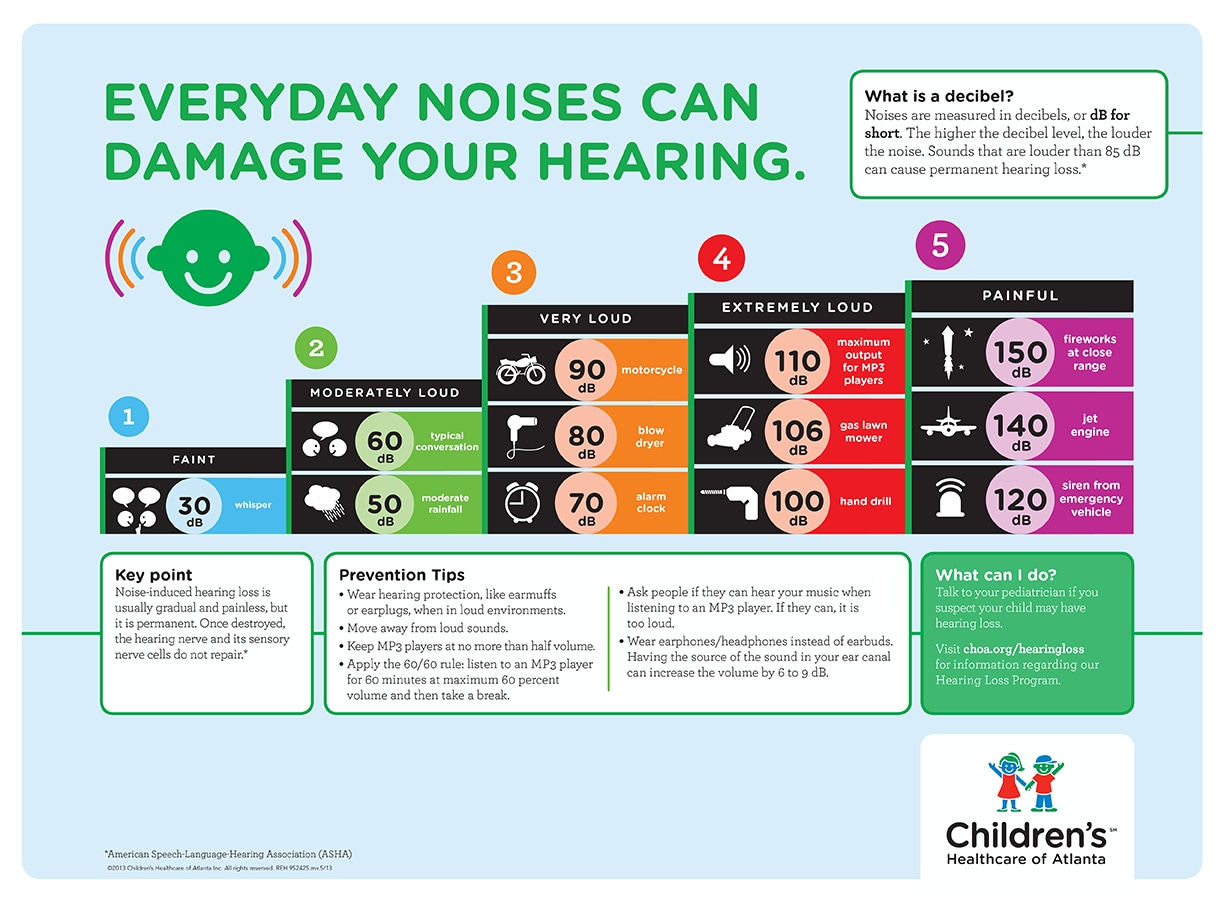Enhancing Discovering: Resolving Auditory Processing Issues In Dyslexia
Enhancing Discovering: Resolving Auditory Processing Issues In Dyslexia
Blog Article
Article Produced By-Winkler Mccray
When you consider the difficulties that dyslexic students deal with, it's clear that acoustic handling issues usually play a considerable role. You could ask yourself how tailored strategies can bridge the gap in between auditory directions and understanding. By incorporating visual help and breaking tasks right into manageable steps, you could enhance focus and understanding. Nevertheless, the options do not stop there. What various other strategies can create a genuinely supportive learning atmosphere that promotes success and self-confidence?
Understanding Dyslexia and Auditory Processing
Dyslexia affects approximately 1 in 5 people, making it among one of the most usual learning impairment. If you're browsing dyslexia, you might discover that it does not simply effect reading and writing; it can also affect how you refine auditory details.
Auditory handling refers to exactly how your brain translates audios, including language. When you fight with this, it can cause difficulties in recognizing talked instructions and complying with conversations.
You may notice that you typically misunderstand what you hear or that it takes much longer for you to react in conversations. This isn't a representation of your intelligence; it's a details problem pertaining to processing auditory signals.
Comprehending this link is critical due to the fact that it assists clarify why you might master aesthetic jobs while encountering hurdles in tasks that rely on acoustic understanding.
Recognizing these challenges can empower you. By recognizing the intricacies of dyslexia and auditory processing, you can much better advocate for your needs, whether in educational settings or social scenarios.
It's vital to recognize these issues so you can seek the right assistance and strategies in the future.
Reliable Methods for Support
Navigating the challenges of acoustic handling can feel frustrating, but there work methods that can aid you flourish.
By carrying out these techniques, you can improve your understanding experience and improve your ability to procedure acoustic information.
- ** Use visual help **: Coupling auditory directions with visual supports, like graphes or layouts, can considerably improve understanding.
- ** Damage tasks right into smaller actions **: Simplifying directions right into manageable chunks enables you to focus and process info better.
- ** Exercise therapeutic day schools near me listening **: Participate in workouts that urge you to pay attention diligently, such as summarizing what you've heard or asking inquiries for explanation.
- ** Integrate https://tysonzdfik.blogdomago.com/31203471/the-benefits-of-working-with-a-dyslexia-specialist-a-comprehensive-overview **: Utilize applications or software application created to aid with auditory processing, such as speech-to-text tools or audiobooks, to reinforce knowing.
Creating Supportive Understanding Settings
Developing a helpful discovering setting is vital for helping individuals with auditory handling challenges prosper. Begin by decreasing distractions in your class or discovering room. Usage acoustic panels or soft home furnishings to absorb noise, which can aid pupils concentrate much better. Make sure seating arrangements enable clear sightlines to the educator and any type of aesthetic aids.
Next off, include clear and concise interaction. Speak slowly and use simple language, looking for recognizing frequently. Urge students to ask inquiries if they're unclear. Aesthetic help like charts, representations, and written instructions can improve understanding and retention.
In addition, cultivate a culture of patience and understanding among peers. Instruct students about auditory handling issues, advertising empathy and support. Team tasks can be useful; just make certain that functions are clear and that students work together to support each other.
Finally, provide routine comments. Celebrate progression and accomplishments, regardless of how tiny. This inspiration builds self-confidence and reinforces the idea that understanding is a trip.
Conclusion
In your trip to improve learning for individuals with dyslexia, think about each technique as a stepping stone across a river. By weaving together acoustic and aesthetic aids, damaging jobs into bite-sized pieces, and nurturing an encouraging atmosphere, you assist develop a bridge to understanding. Remember, cultivating compassion among peers and engaging family members can light the course to success. With patience and dedication, you'll encourage learners to overlook obstacles, transforming their struggles into toughness.
